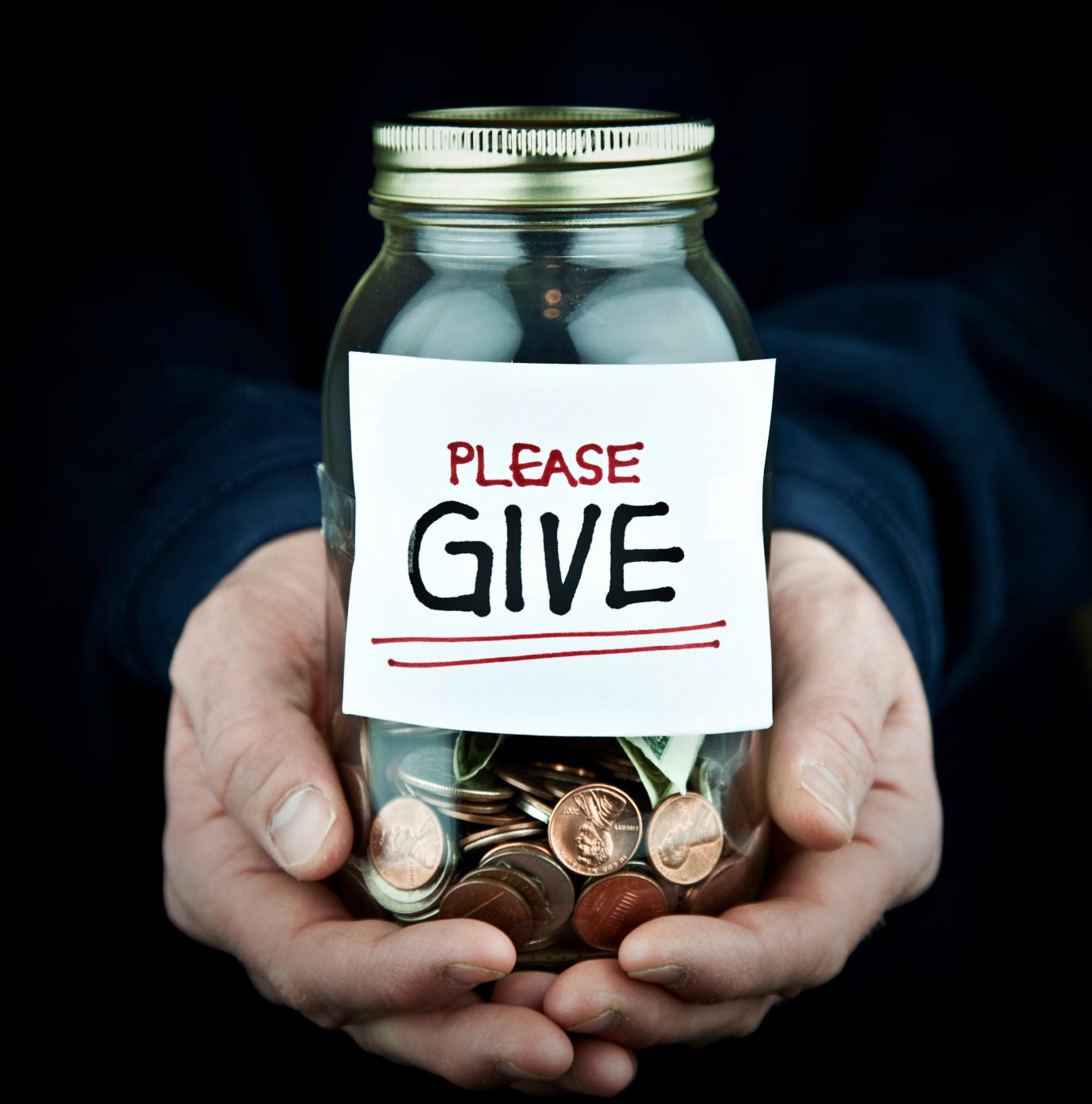Share this
Next story
Chasing Your Purpose →

Your organization is revving up. You're on the move and all of your programs are full-steam ahead. Things couldn’t be better, right?
The truth is that we live in a culture of busy. We are fueled by the idea that more is better, faster is optimal, and our only goal is to keep moving forward. We drink the “just keep moving Kool-Aid” to the point that our only objective becomes not slowing down. The problem is that always looking ahead means we rarely look back and evaluate the effectiveness of our work. And in the case of social good organizations, the effectiveness of our work is all that matters because our work is to make the world better, kinder, healthier, safer, just, and sustainable. Which is why the most important question we can ask of our organization is – “Is all of our forward motion actually making an impact on the world?”
Impact measurement, both quantitative and qualitative in nature, can be costly and time consuming. Which doesn’t give us a “free pass” to ignore it, or mean that it shouldn’t be a top priority for our organization but it does mean we have to get creative sometimes with how we compile and convey the information. So if you don't have the budget or staff for a full impact evaluation right now, you can use the following three tools to help you measure your impact.
According to The Chronicle of Philanthropy, "Most programs use strategies that have already been studied by other groups, and thus an enormous amount of research already exists on the effectiveness of similar strategies." If you're implementing a new program that's based on replicating the success of other existing programs, make sure that your audience, geography, and strategies are similar. While every situation is slightly different, just know that you don’t necessarily have to start from scratch. There are opportunities to learn from existing research and impact evaluation methods.
A cost-benefit analysis is a great way to evaluate a program or project in monetary terms. It's often used as a decision-making tool. If you're struggling with a decision about whether to invest in a new fundraising program, you can use cost-benefit analysis to help you make that decision. Also, at the end of the project or program, you can use the same method as an evaluation tool too. What were the costs, and what benefits emerged during the process?
As you shift gears from quantitative to qualitative data, make sure to use human interactions to understand the successes and challenges of your programs. These interactions can take a variety of forms, one of which is a survey.

Surveys are a great mechanism for measuring the impact of your program. Whether you conduct them online or in the form of a focus group, you can surface key insights that can help you understand the impact your organization is making. Of course, with any survey or focus group you must be mindful of the many ways you can influence the responses. According to Rutgers, "consideration must be given to the questions posed and the answer categories and scales used, and how to reduce any bias in the survey." A well-designed survey will help you understand and quantify human thoughts and behavior and assess the effectiveness of your program.
These are only a handful of the many methods of impact measurement your organization can implement. Changing the world isn’t easy, but it’s why you do what you do. Don’t let your purpose (change!) take the back seat to a busy schedule and a need for forward momentum. Take time to reflect on and measure the change you’re making. First, to confirm you’re actually making a difference, and second, to grow your organization.
These Related Stories



No Comments Yet
Let us know what you think